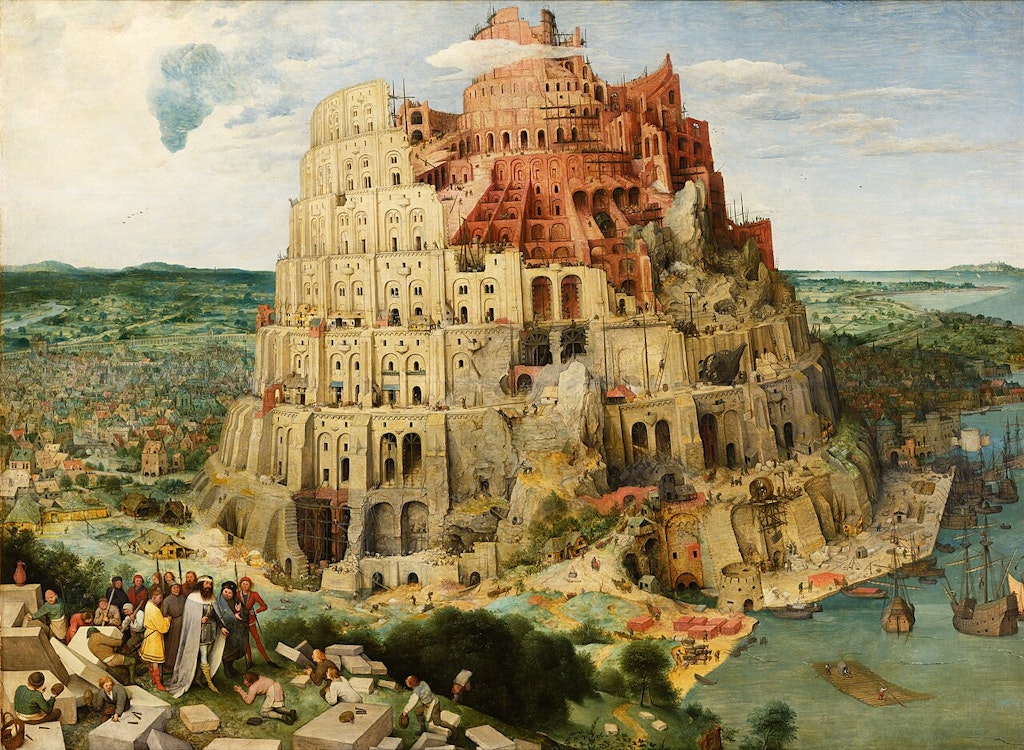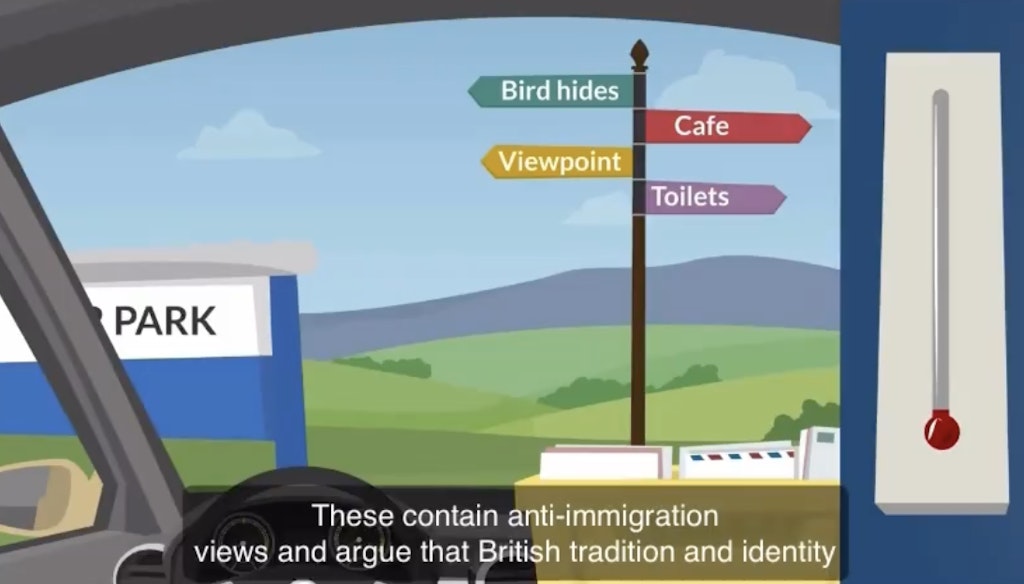A union of roads
How driving has brought us together
Many things are claimed to unite a nation, such as the history of its people, its language, religion or values. In Britain, values are given the mundane sporting sobriquet of “fair play”, as if the ambient love of cricket, football and the NHS means we were not a nation of crusades, the slave trade and the burning to death of Protestant martyrs. History, language, religion and values all create more opposition than oneness. Even without conflagrations, we can find divisions of national life. Partisanship is the modern impulse with the longest traditions.
At other times, technology is said to bring people together, such as the romantic notion that radio broadcasts and television programmes in times of monopoly represent some ideal of nationhood. Maybe we can claim the novels of Charles Dickens, which were once read aloud in almost every home; or the major events of state, like coronations that can draw the crowds even these days. These are not uniting in any practical sense, however. They have all given way to a newer, more fragmentary culture.
Some say that to unite a nation, you must look to the ground, to agriculture or landscape. This too is naive. Who knows or cares where the wheat for their bread is grown? How many people could identify once famous vistas? It is in the ground that we will find unity — but in one of the overlooked miracles of modern construction. We are united by our railways and roads.
Before covid, well over three hundred billion vehicle miles were travelled every year on British roads. A-roads account for about one hundred and fifty billion of those miles, with B-roads taking slightly over one hundred billion, and motorways another seventy. By far the most miles are driven in the South East, which, at forty seven billion vehicle miles, is four times greater than the North East, with eleven.
The rise of feminism relied more on the bicycle than anything else
In the year ending March 2022, nine hundred and ninety million passenger journeys were made on the railways, and seventeen billion tonne-kilometres of freight were transported. There are nearly ten thousand miles of track and some two and a half thousand stations.
Cars and trains account for two extremes of journeys: 59 per cent of journeys are taken by car, one per cent by train. All forms of transport — buses, walking, cycling — require infrastructure, however. Deep in the government statistics you can find this sentence, which shows in its simplicity what a difference is made to people’s lives by transportation: “On a typical autumn day in 2021, 632,740 rail journeys were made into central London.” Only 44 per cent of those journeys arrived in the morning peak.
Who knows, or can begin to imagine, what all those people were doing — working, museum visiting, seeking out old books or new films, tourist attractions, enjoying the spontaneity of a big city, meeting former colleagues and familiar friends, shopping, learning, exploring? Think of the romances and marriages that could only happen because it is cheap and easy to go to one of the world’s great cities from all corners of the country. Think of the business opportunities, the children would not otherwise have seen St Paul or walked the Thames.
The rise of feminism relied more on the bicycle than anything else. It is difficult to chaperone a woman on wheels. Bicyclists advocated for better roads, enabling urban people to better access to the countryside, rural people to reach the town, and women to travel further and meet people from other places. This caused division at first. Women were refused permission to sit in the coffee room at inns and hotels if they were wearing knickerbockers rather skirts.
Once you give people roads and rails, they can see for themselves that other people in other places are perfectly harmless and occasionally interesting. When Jane Austen wrote “if adventures will not befall a young lady in her own village, she must seek them abroad”, England was a nation of carriages and coaches — and therefore of limited prospects to many people. With the proper roads that came with bicycles and then cars, running alongside Victorian steam trains, seeking adventures abroad became far more possible.
Radio and television brought the nation together in a passive and temporary but very obvious way. No one could miss the fact that lots of people once tuned in to the same show. The changes brought about by transport infrastructure are less visible, but far more important. All those ghosts of invisible, uncatalogueable lives — lives that would have been more confined, more obscure, less varied without transport — are difficult to capture in histories and journalism. The quiet anonymity of pre-transportation times could have been ours, though.
Instead, we live in a country where we can all move around and satisfy ourselves. Far from the days of outrage at women cyclists wearing socks, we are well used to all manner of people travelling in whatever fashion seems most acceptable to them. That is the true unity of a nation: we are able to be self-organising, self-directed and self-controlled. Rather than being yoked together by creed, channel or sporting events, we are unified in our freedom of movement.
As Samuel Smiles said in Lives of the Engineers, “Roads have in all times been amongst the most influential agencies of society; and the makers of the roads, by enabling men readily to communicate with each other, have properly been regarded as amongst the most effective pioneers of civilisation.”
Enjoying The Critic online? It's even better in print
Try five issues of Britain’s most civilised magazine for £10
Subscribe














